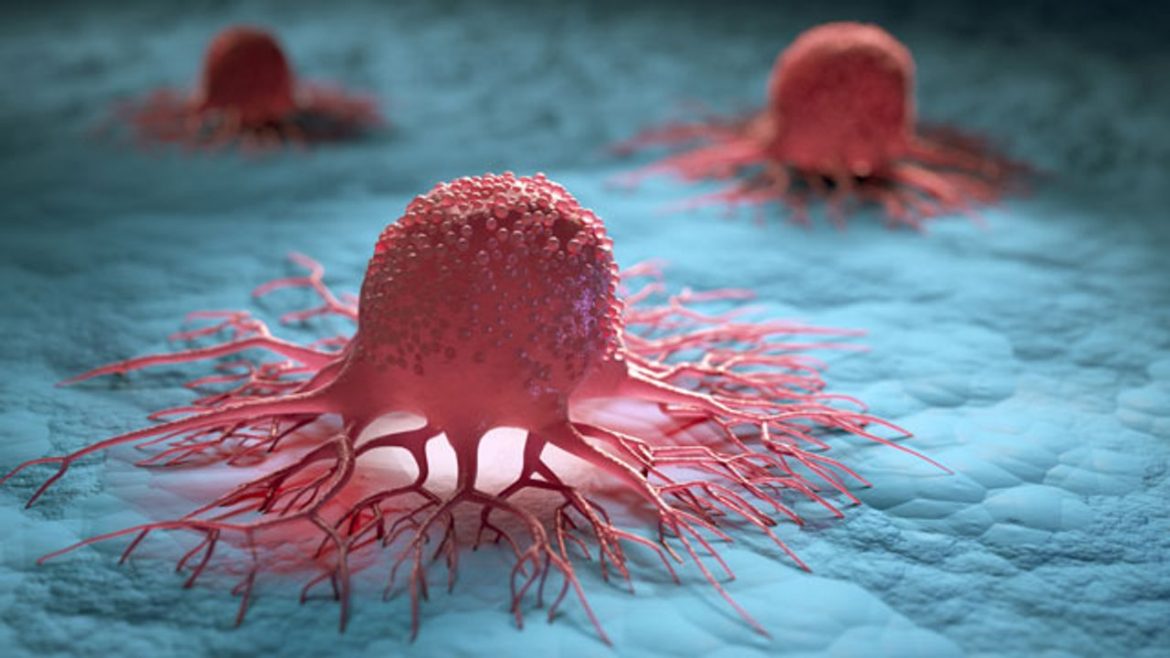According to a new study, aerobic exercise can lower the likelihood of cancer metastatic spread by 72%.
According to the researchers, the quantity of glucose (sugar) absorbed by internal organs increases during severe aerobic activity, reducing the amount of energy accessible to the tumour. Two TAU Sackler Faculty of Medicine experts headed the study: Prof. Carmit Levy from the Department of Human Genetics and Biochemistry and Dr. Yftach Gepner from the School of Public Health and the Sylvan Adams Sports Institute. Prof. Levy underlines that the new study has resulted in a highly important discovery by merging scientific know-how from multiple schools at TAU, which may help avoid metastatic cancer – Israel’s biggest cause of death. The research was picked on the cover of the respected journal Cancer Research’s November 2022 issue. Prof. Levy and Dr. Gepner: “Studies have shown that physical activity decreases the incidence of several forms of cancer by up to 35%.”
This beneficial effect is comparable to that of exercise on other illnesses such as heart disease and diabetes. In this study, we discovered that high-intensity aerobic exercise that gets its energy from sugar can lower the risk of metastatic cancer by up to 72 percent. If the overall message to the public has been ‘be active, be healthy,’ we can now explain how aerobic movement might optimise protection of the most aggressive and metastatic cancers.”
The study combined data from healthy human volunteers investigated before and after jogging with an animal model in which mice were trained under a stringent exercise schedule. Human data from an epidemiological research that followed 3,000 people for nearly 20 years revealed that participants who reported frequent high-intensity aerobic activity had 72 percent less metastatic cancer than those who did not engage in physical activity.
The animal model had a similar result, allowing the researchers to uncover the underlying process. They discovered that aerobic activity dramatically decreased the growth of metastatic tumours in the lymph nodes, lungs, and liver by sampling the internal organs of physically fit animals before and after physical exercise, as well as after the injection of malignancy. The researchers believed that this good effect is due to the increased rate of glucose intake caused by exercise in both people and model animals.
Prof. Levy: “Our study is the first to investigate the impact of exercise on the internal organs in which metastases usually develop, like the lungs, liver, and lymph nodes. Examining the cells of these organs we found a rise in the number of glucose receptors during high-intensity aerobic activity – increasing glucose intake and turning the organs into effective energy-consumption machines, very much like the muscles. We assume that this happens because the organs must compete for sugar resources with the muscles, known to burn large quantities of glucose during physical exercise. Consequently, if cancer develops, the fierce competition over glucose reduces the availability of energy that is critical to metastasis.
Moreover, when a person exercises regularly, this condition becomes permanent: the tissues of internal organs change and become similar to muscle tissue. We all know that sports and physical exercise are good for our health. Our study, examining the internal organs, discovered that exercise changes the whole body, so that the cancer cannot spread, and the primary tumor also shrinks in size.”
Dr. Gepner added: “Our results indicate that unlike fat-burning exercise, which is relatively moderate, it is a high-intensity aerobic activity that helps in cancer prevention. If the optimal intensity range for burning fat is 65-70 percent of the maximum pulse rate, sugar burning requires 80-85 percent – even if only for brief intervals. For example: a one-minute sprint followed by walking, then another sprint. In the past, such intervals were mostly typical of athletes’ training regimens, but today we also see them in other exercise routines, such as heart and lung rehabilitation.
Our results suggest that healthy individuals should also include high-intensity components in their fitness programs. We believe that future studies will enable personalized medicine for preventing specific cancers, with physicians reviewing family histories to recommend the right kind of physical activity. It must be emphasized that physical exercise, with its unique metabolic and physiological effects, exhibits a higher level of cancer prevention than any medication or medical intervention to date.”





